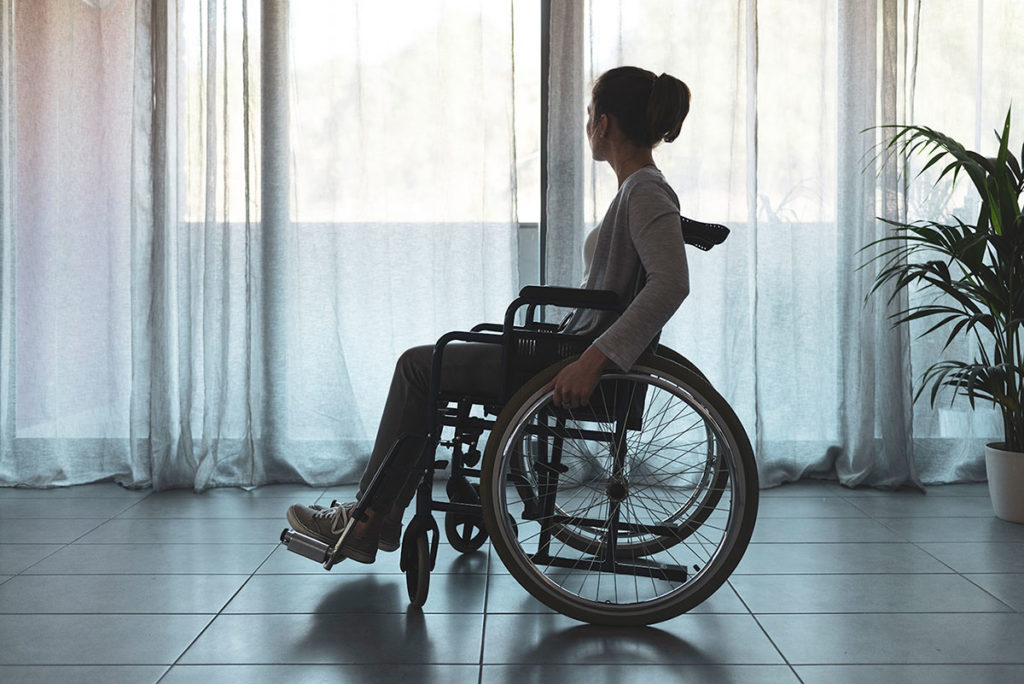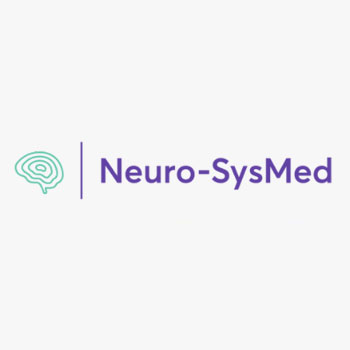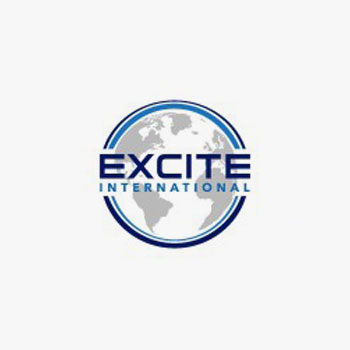New Discovery
Early patient data suggests that FlowOx™ may have a role in Multiple Sclerosis (MS) symptoms management
A case series report on seven patients conducted by Gabriela Fortes (MD), Neurologist, suggests that FlowOx™ may have a surprising and profound role in managing MS related spasticity and pain.
An exploratory pilot investigation is currently being carried out by Neuro-SysMed, Norway’s leading center of excellence in Neurological research, to confirm the case series findings.

Patient 0: It all started with “Laura”
Back in November 2019 Laura attended a meeting at the Otivio office in Oslo, Norway. She was curious about FlowOx and the company.
At the time, we were unaware that Laura had been diagnosed with Relapsing Remitting Multiple Sclerosis in 2000, and that one of her persistent symptoms was painful cramping, particularly in her legs at night, which disturbed her sleep. Upon discovering the positive impact of FlowOx on leg pain in patients with PAD, Laura raised the obvious question:
Do you think this can work on my “cramps” and leg pain?
We were very skeptical, in fact we said no!
But Laura was persistent and after consulting her neurologist, who had to approve her trying the device since FlowOx is not yet approved for MS, she went home to try out the equipment.
Laura called the office a few days later and reported that she, for the first time in years, had slept through the night without any problems. She felt that she finally had found a solution to her problems. We congratulated her and were happy that it worked out for her!
EXCITE International: Early Technology Evaluation
Following Laura’s feedback we asked EXCITE International to conduct a health technology evaluation of FlowOx in relation to MS.
EXCITE International is a global, not-for-profit, collaboration of experts that helps companies to evaluate potential breakthrough technologies. They investigated if FlowOx™ would be of any interest and relevance to patients – if we were to fulfil an unmet medical need.
EXCITE International’s conclusion and recommendation was clear and positive, they encouraged us to go ahead: Develop and bring FlowOx™ to MS patients!
A further 7 individual cases confirmed Laura’s story.
Over the following 9 months, Dr. Gabriela Fortes (MD), Neurologist, interviewed seven MS patients with similar symptoms as Laura’s and the results were the same. Dr. Fortes concluded:
“A total of 7 patients were interviewed, they report a clear impact on symptoms such as pain (4 out of 4), cramps (2 out of 3), and spasticity (4 out of 6)”.
Dr. Fortes concluded further:“The reports indicate that using intermittent negative pressure therapy for about 60 minutes daily results in clinically meaningful reduction in spasticity, pain and cramping lasting for more than 24 hours.”
Pilot Investigation at Neuro-SysMed, Haukeland University Hospital
Encouraged by our own observations and Dr. Fortes’ report, we contacted Neuro-SysMed, Norway’s leading center of excellence in Neurological Research, at Haukeland University Hospital in Bergen and asked them to investigate the discovery further as an independent expert institution.
The first preliminary results of this investigation were presented at the European Committee for Treatment and Research in Multiple Sclerosis (ECTRIMS) annual conference on 26-28 October 2022.
Download the abstract here!
Randomized controlled trial in Scandinavia
Based on the promising results from the pilot study at Haukeland, Otivio and Neuro-Sysmed decided to initiate a larger randomized controlled trial in Scandinavia. Scandinavian SCR (SCRO) is responsible for running the trial sponsored by Otivio. The first patients were recruited in September/October 2022 and expected to complete recruitment (60 pwMS) in mid-2023.
The study consists of two arms where half the pwMS get a standard active treatment device whereas the other is treated with a low dose device. After 4 weeks (blinded treatment), all participants are offered to use the active device for another 6 months. Participating sites are: Neuro-SysMed (Haukeland), NeuroCentrum (Karolinska), CTC in Uppsala and Linköping, Motala Hospital and the National Hospital in Denmark (Copenhagen).
Next step: Project EMANO
We are truly excited about this discovery and we have embarked on an explorative journey – Project Emano. We will be getting data from the pilot investigation at Neuro-SysMed and the randomized controlled trial in Scandinavia. The data will be used to support our ambition to make FlowOx™ available as a new low-risk method to treat MS symptoms. Our goal is to reduce spasticity and pain, as well as other negative impacts these symptoms have, on function and quality of life for many MS patients.
Norwegian patients can already sign-up for at trial now by visiting the Emano Project website.
Follow us – follow Project EMANO
The journey starts now, if you want to receive regular updates on project Emano please contact us at info@otivio.com or follow us on: Facebook or Linkedin

Neuro-SysMed
Bergen, Norway
Is Norway’s first center for clinical treatment research on neurological diseases.

EXCITE International
USA
EXCITE International is a global non-for-profit collaboration supporting innovators of breakthrough technologies to achieve faster market adoption that improves patient outcomes and drives health system efficiencies.
7 Patient Case Series; Gabriela Fortes (MD), Neurologist
Methods:
The 7 patients were interviewed after using the device, and asked to give detailed descriptions of their history, symptoms and current situation, as well as how they used the device. Scales to quantify some subjective symptoms: pain (NRS pain scale), fatigue (FSMC fatigue scale), sleep (MOS sleep scale) were used.
Results:
- 6 out of 7 patients reported spasticity and 4 out of the 6 patients (67%) reported improvements of stiffness and/or spasms in the legs after the use of FlowOx™. The stiffness was not totally gone, but around 30 % less in general, the spasms were totally gone in 3 out of 4 patients and one of them reported 80% of improvement.
- 3 of the patients reported cramps in the legs and 2 of them (67%) had improvements. The one that did not have improvements used the device only for a week. Those 2 patients reported that while using the device the cramps were totally gone.
- 5 of the patients had sensibility disturbances, either reduced sensibility (described as numbness) or paraesthesia (described as tingling, electrical shock, burning or prickling sensation) and 4 of them reported improvements (80%). Those 4 patients reported a partial improvement of the sensitivity alterations, over 50%.
- 4 of the patients had a certain degree of pain in their legs and the 4 patients reported improvements after the use of the device (100%). The improvement was over 50%.
- 3 of them had fatigue as an important symptom and 2 of them reported improvement of the fatigue after using the device (67%).
- 4 of them had sleep disturbances and poor sleep quality due to the symptoms in the legs, and those 4 patients reported improvement of their sleep quality after the use of the device (100%).
- 3 patients reported an improvement in their mood (42%), 4 patients reported an improvement in their functionality (57%) and 5 patients reported an improvement in their quality of life (71%).
- Only one patient did not report any effect (14%).
- None of the patients reported negative effects of the device (100%).